Designated Funds and Field of Interest (FOI) Funds may not always be top of mind when developing philanthropy plans for your clients and their families. Still, they are precious tools in certain circumstances, and it’s essential to be aware of what the terms mean.
Your client uses their FOI Fund at the Community Foundation for a charitable purpose they describe. For example, your client’s FOI Fund can be established to support research for rare diseases, support organizations that assist homeless families in getting back on their feet, enable art museums to acquire works that celebrate the region’s diversity, etc. The knowledgeable team at the community foundation distributes grants from the field-of-interest fund according to the spending policy set by your client to further the client’s wishes. Your client selects the name of the fund, whether they wish to use their name (e.g., Samuels Family Fund or Samuels Family Fund for the Arts), maintain anonymity (e.g., Maryville Fund for the Arts), or something else altogether (e.g., Bettering Our World Fund).
A Designated Fund at the Community Foundation is a good choice for clients who know they want to support a particular nonprofit(s) for multiple years. Designated Funds allow distributions to be spread over time to help the charity or charities’ cash flow planning. Plus, this enables your client to benefit from a larger charitable tax deduction in the current year when the client’s tax rates are high rather than spreading it out over future years when tax rate projections are lower, or both. The client specifies the charities to receive distributions according to a spending policy they select, and the client can choose a name for the fund. Designated Funds help donors create a legacy and be assured their funds go to the charities they want them to go to after they pass away.
Perhaps one of the most compelling reasons to encourage a retirement-age client to consider establishing their FOI Fund or a Designated Fund is to take advantage of the Qualified Charitable Distribution planning tool. As an advisor, you are well aware clients who own Individual Retirement Accounts (IRAs) are required to take “Required Minimum Distributions” each year beginning at age 72, whether or not they need or want the income. These distributions often cause an increase in the client’s income taxes.
A Qualified Charitable Distribution permits a client to transfer up to $100,000 from an IRA to a qualified charity instead of taking a Required Minimum Distribution, thereby avoiding the income tax hit. Although the IRS does not permit Qualified Charitable Distributions to donor-advised funds, charities eligible to receive a client’s Qualified Charitable Distribution do include Designated Funds and FOI Funds at the Community Foundation.






